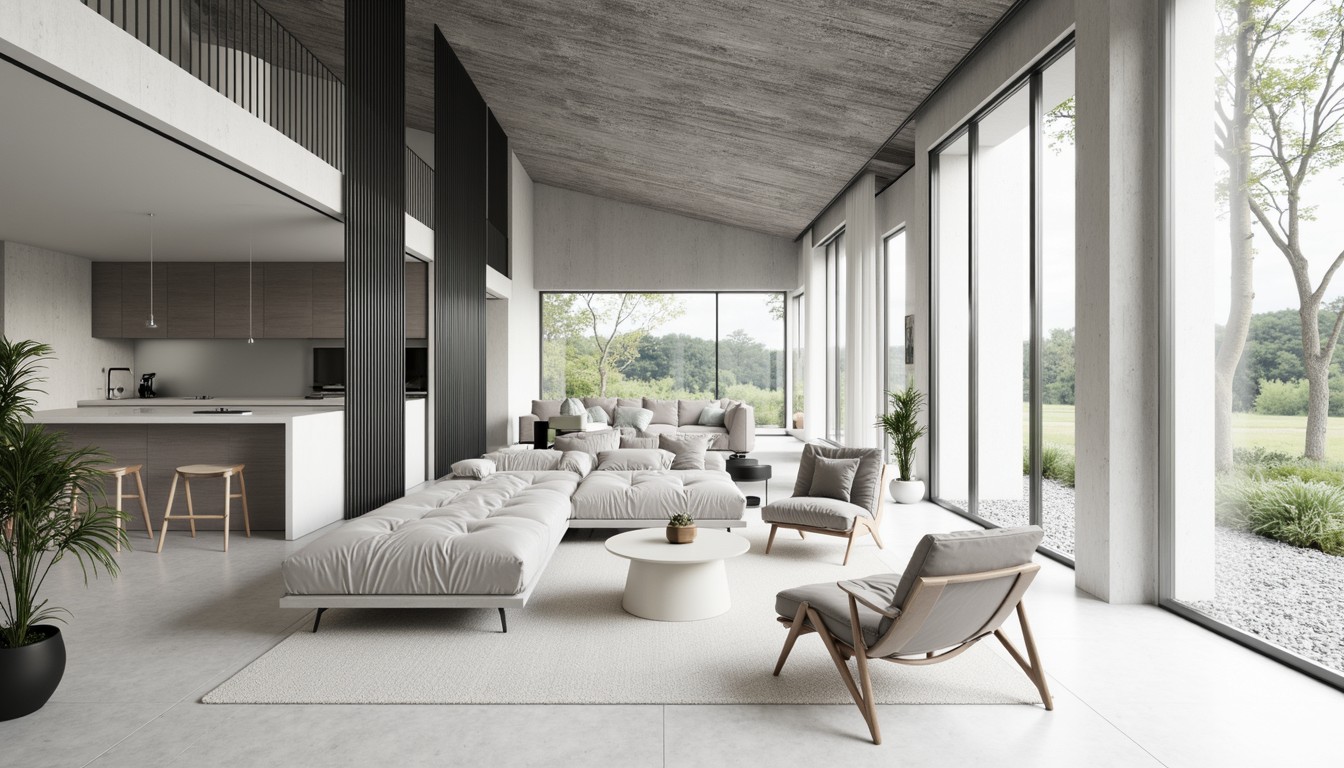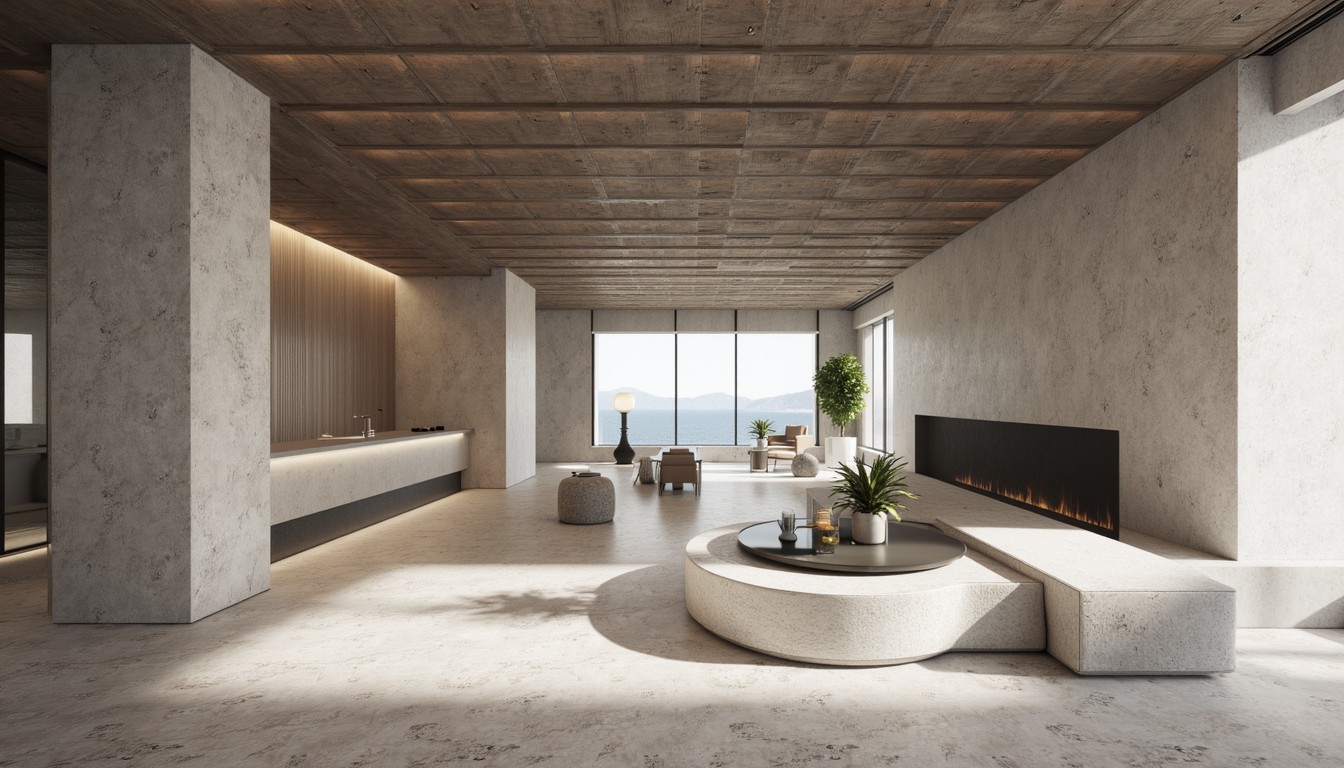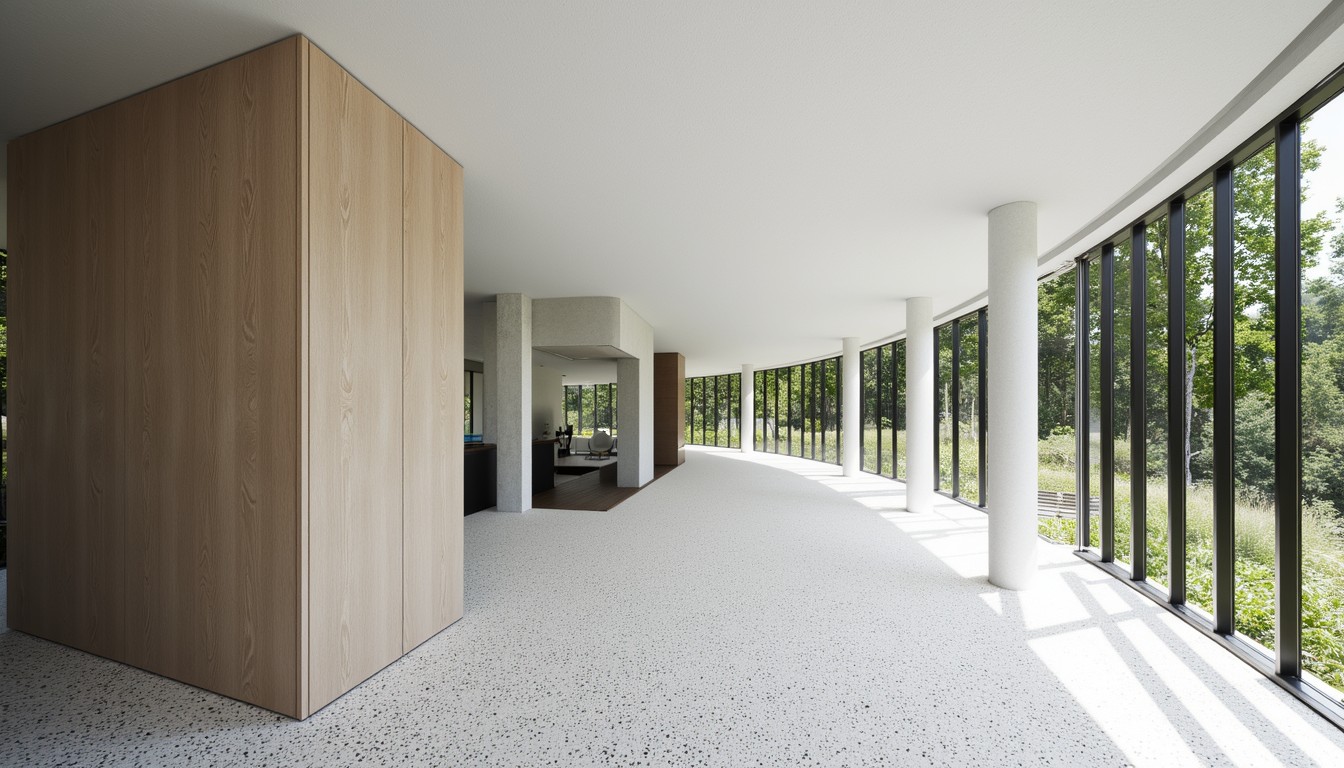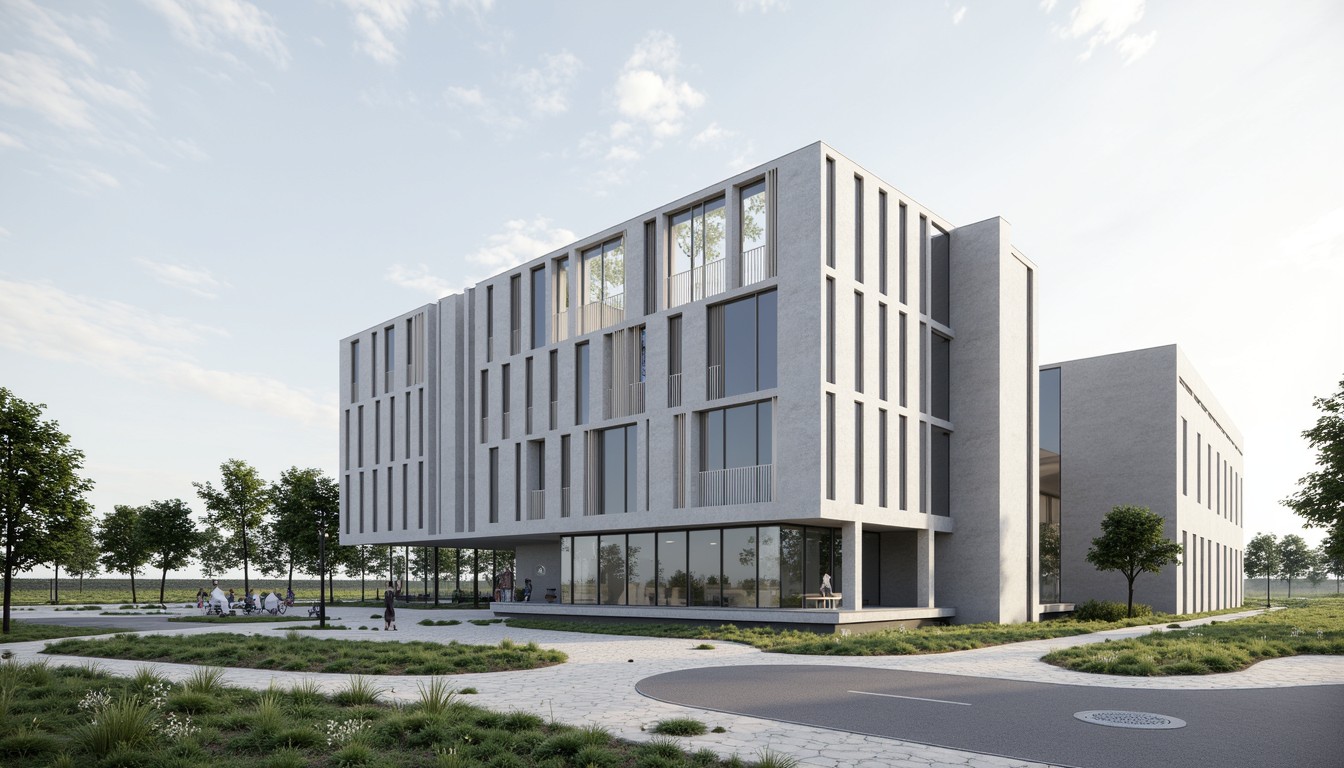3D Printing in Construction: Building the Future
The construction industry, traditionally slow-moving and reliant on established methods, is experiencing a seismic shift thanks to the advent of 3D printing. This innovative technology is no longer a futuristic fantasy; it's rapidly becoming a practical and efficient way to build everything from small-scale components to entire buildings. This article delves into the transformative impact of 3D printing in construction, exploring its applications, advantages, challenges, and the future it promises.
The Rise of Additive Manufacturing in Construction

Additive manufacturing, or 3D printing, in construction involves depositing materials layer by layer to create three-dimensional structures. Unlike traditional methods that rely on subtractive processes (like carving stone or cutting wood), 3D printing offers unparalleled design freedom and efficiency. This process uses various materials, including concrete, polymers, and even sustainable bio-materials, opening up a world of possibilities for architects and engineers.
Types of 3D Printing in Construction
Several methods of 3D printing are currently being employed in the construction industry:
- Large-scale 3D concrete printing: This involves using robotic arms and specialized nozzles to extrude concrete layer by layer, creating complex shapes and structures. This is particularly useful for building walls, foundations, and even entire houses.
- Binder jetting: This technique uses a binding agent to join together granular materials, like sand or powdered concrete, creating strong and durable structures.
- Material extrusion: Similar to Fused Deposition Modeling (FDM) used in desktop 3D printing, this method extrudes molten material through a nozzle to build up layers.
Advantages of 3D Printing in Construction

The adoption of 3D printing in the construction sector offers numerous compelling advantages:
- Increased speed and efficiency: 3D printing significantly reduces construction time compared to traditional methods. This translates to faster project completion and quicker return on investment.
- Reduced labor costs: While specialized expertise is required, 3D printing can minimize the need for manual labor, leading to substantial cost savings.
- Enhanced design flexibility: Architects and engineers can create complex and intricate designs that would be impossible or prohibitively expensive to construct using traditional methods. Organic shapes, customized features, and intricate detailing become achievable.
- Minimized waste: 3D printing uses only the necessary materials, significantly reducing waste compared to traditional construction, which often involves cutting and discarding excess materials.
- Improved sustainability: The use of sustainable and recycled materials in 3D printing contributes to environmentally friendly building practices. This aligns with the growing demand for sustainable construction solutions.
- On-site construction: Many 3D printing techniques allow for on-site construction, reducing transportation costs and logistical challenges.
Real-World Applications
3D printing is already making its mark on construction projects worldwide. Examples include:
- Residential buildings: Entire houses are being 3D printed, demonstrating the scalability of the technology.
- Infrastructure projects: 3D printing is used to create bridges, retaining walls, and other infrastructure components.
- Architectural models: Architects use 3D printing to create highly detailed and accurate models for presentations and design reviews.
- Interior design elements: Custom furniture, decorative features, and even entire rooms are being 3D printed.
Challenges and Future Trends

While 3D printing offers immense potential, challenges remain:
- Material limitations: The range of printable materials is still developing, and the search for sustainable and cost-effective options continues.
- Scalability: Scaling up 3D printing for large-scale projects requires significant investment in equipment and expertise.
- Regulations and building codes: Adapting building codes and regulations to accommodate 3D-printed structures is an ongoing process.
- Quality control: Ensuring the quality, durability, and structural integrity of 3D-printed structures requires rigorous testing and quality control measures.
Future trends include the development of new materials, improved printing speeds, and the integration of artificial intelligence and automation to further optimize the 3D printing process. We can expect to see even more widespread adoption of this technology in the coming years.
ArchNav: Your Partner in Visualizing the Future of Construction
At ArchNav, we understand the transformative power of 3D printing and its impact on architectural design and construction. Our cutting-edge visualization services help architects and engineers explore the potential of 3D-printed structures, creating realistic and compelling renderings that showcase the design and functionality of their projects. We leverage the latest technologies to provide you with stunning visuals that help bring your vision to life, whether it's a small-scale component or a large-scale building. Contact us today to learn how we can help you visualize the future of construction.
